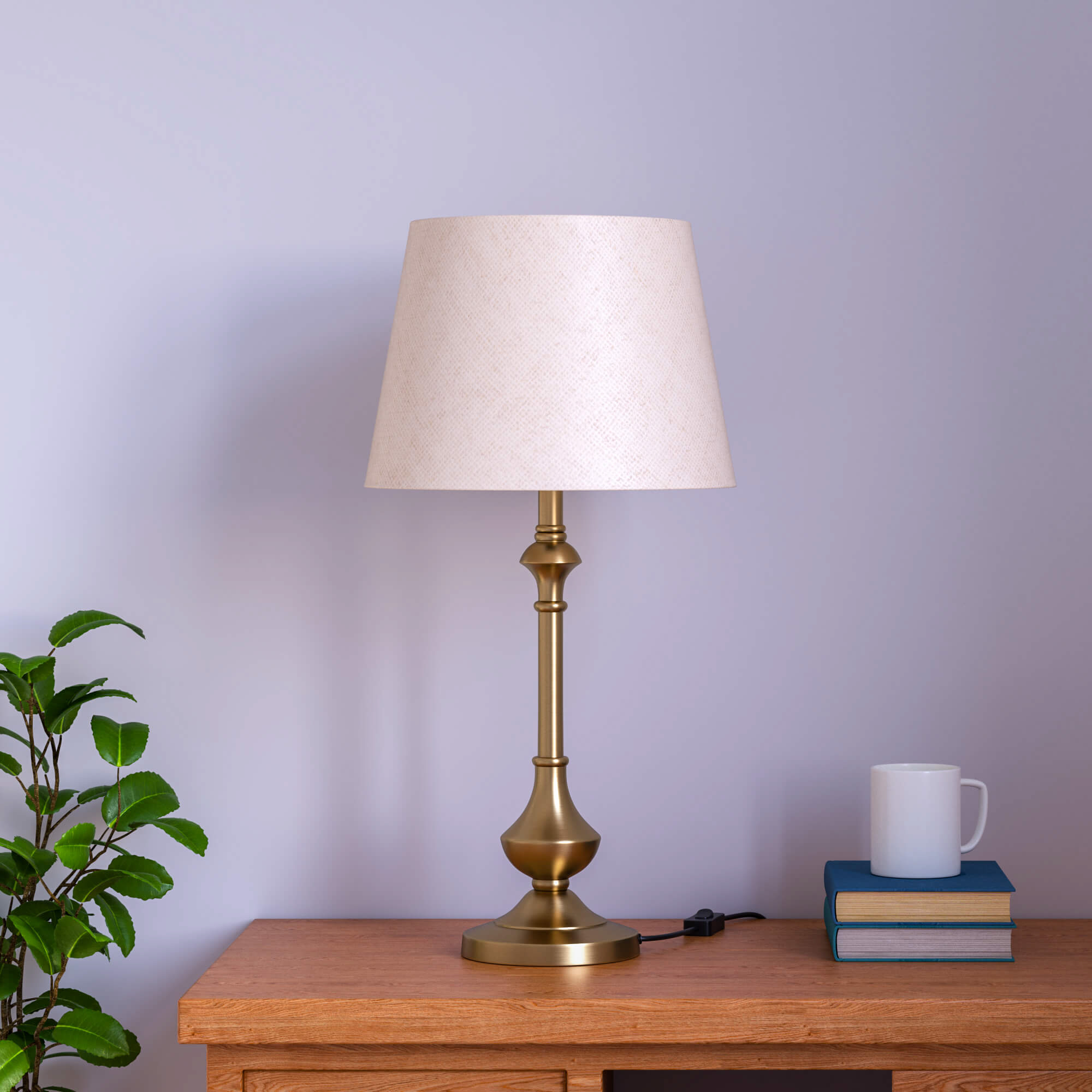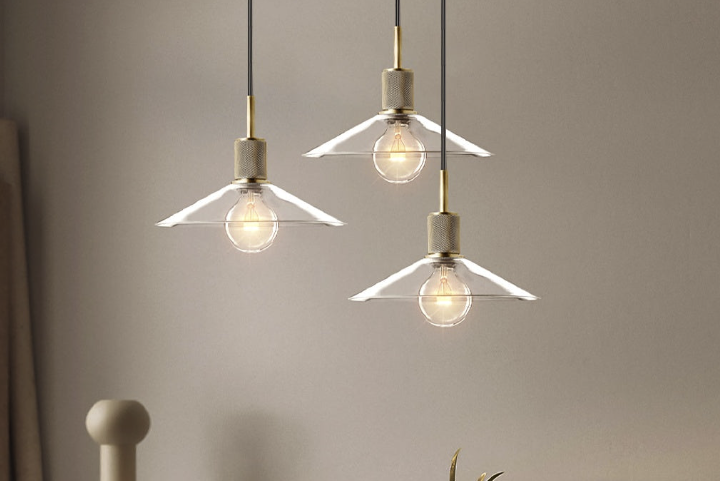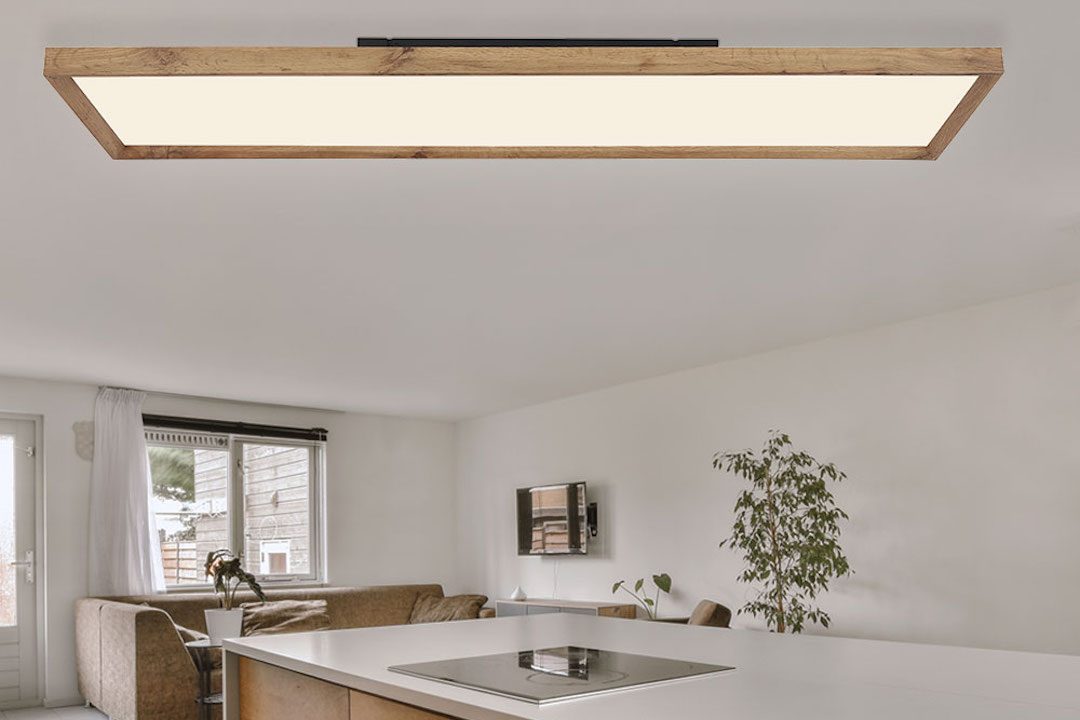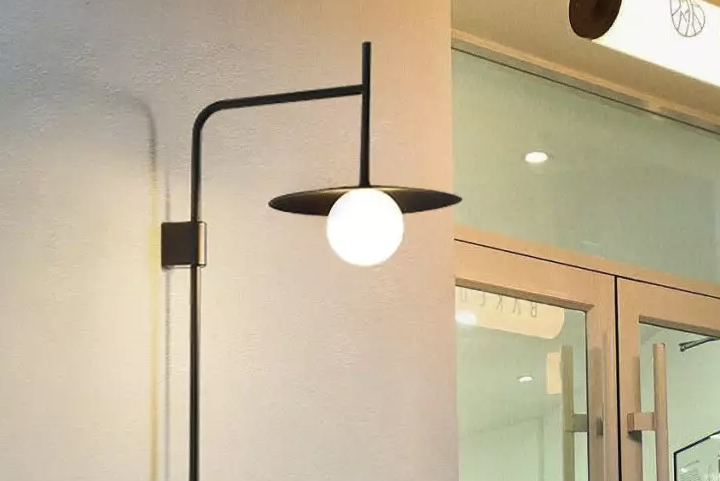In medieval times, sconces were an essential part of everyday life. They provided light in the darkness and helped to create a warm and welcoming atmosphere in homes, castles, and churches. Sconces were not only practical but also decorative, with intricate designs and fine craftsmanship. In this article, we will explore the history and significance of medieval sconces, as well as their use in contemporary interior design.
History and Origin of Medieval Sconces
The word “sconce” comes from the French word “esconce,” which means to hide or conceal. Sconces were first used in medieval times, and they were made of various materials such as bronze, iron, and wood. Initially, sconces were designed to hold a torch or simple candle, but as time went on, they became more elaborate.
Sconces served a practical purpose, as they were often used in places where there was no other source of light. Castles, churches, and homes all used sconces to provide illumination in the dark. Sconces were also used to decorate and add a touch of elegance to the surroundings.
The Importance of Sconces in Medieval Times
In medieval times, sconces were essential for a variety of reasons. Firstly, they were practical and provided light in the dark. This was especially important in places like castles, where there were no windows and little natural light. The sconce provided a reliable source of light, which was essential for daily living.
Secondly, sconces were used to create atmosphere and ambiance. This was important in churches and castles, where the lighting was designed to create a somber, reflective mood. The use of sconces helped to achieve this effect, and they were often positioned in strategic places to create a particular atmosphere.
Finally, sconces were also used to display wealth and status. The more elaborate the sconce, the more prestigious it was considered. This was especially true in noble households, where sconces were often made of precious metals and adorned with jewels.
Design and Styles of Medieval Sconces
Medieval sconces were designed to be both functional and decorative. They came in various sizes and shapes, but all had a distinctive style. Some were made of iron and had a simple, utilitarian design, while others were made of bronze and were highly ornamental.
One of the most impressive styles of medieval sconces was the Gothic style. These sconces were highly decorative and featured intricate scrollwork and Gothic arches. They were made of bronze or iron and were often adorned with crystals or colored glass.
Another popular style was the Tudor style, which emerged in the 15th century. Tudor sconces were often made of wood and had a simple, rustic design. They were square or rectangular in shape and were often decorated with carvings or painted designs.
Contemporary Use of Medieval Sconces in Interior Design
Today, medieval sconces are still highly sought after for their beauty and elegance. Although they are no longer used as a primary source of light, they are still used to create atmosphere and add a touch of sophistication to any room. Sconces can be used in a variety of settings, from medieval-themed rooms to contemporary living spaces.
One popular way to use sconces in contemporary interior design is to create a sense of drama and ambiance. Sconces can be used to highlight artwork or create a focal point in a room. They can also be used to create a warm and inviting atmosphere in living rooms, dining rooms, and bedrooms.
Another popular use of sconces is in outdoor spaces such as gardens and patios. Sconces can be used to create a romantic, ethereal atmosphere in outdoor spaces, and they can also provide functional lighting for outdoor entertaining.
Medieval sconces are a timeless tribute to the craftsmanship and artistry of the Dark Ages. They are a reminder of a time when practicality and beauty were intertwined, and when even the simplest object was designed with care and elegance. Today, medieval sconces continue to be a favorite of interior designers and decorating enthusiasts alike. Their versatility and beauty make them a welcome addition to any space, from a medieval-themed room to a contemporary living room.




